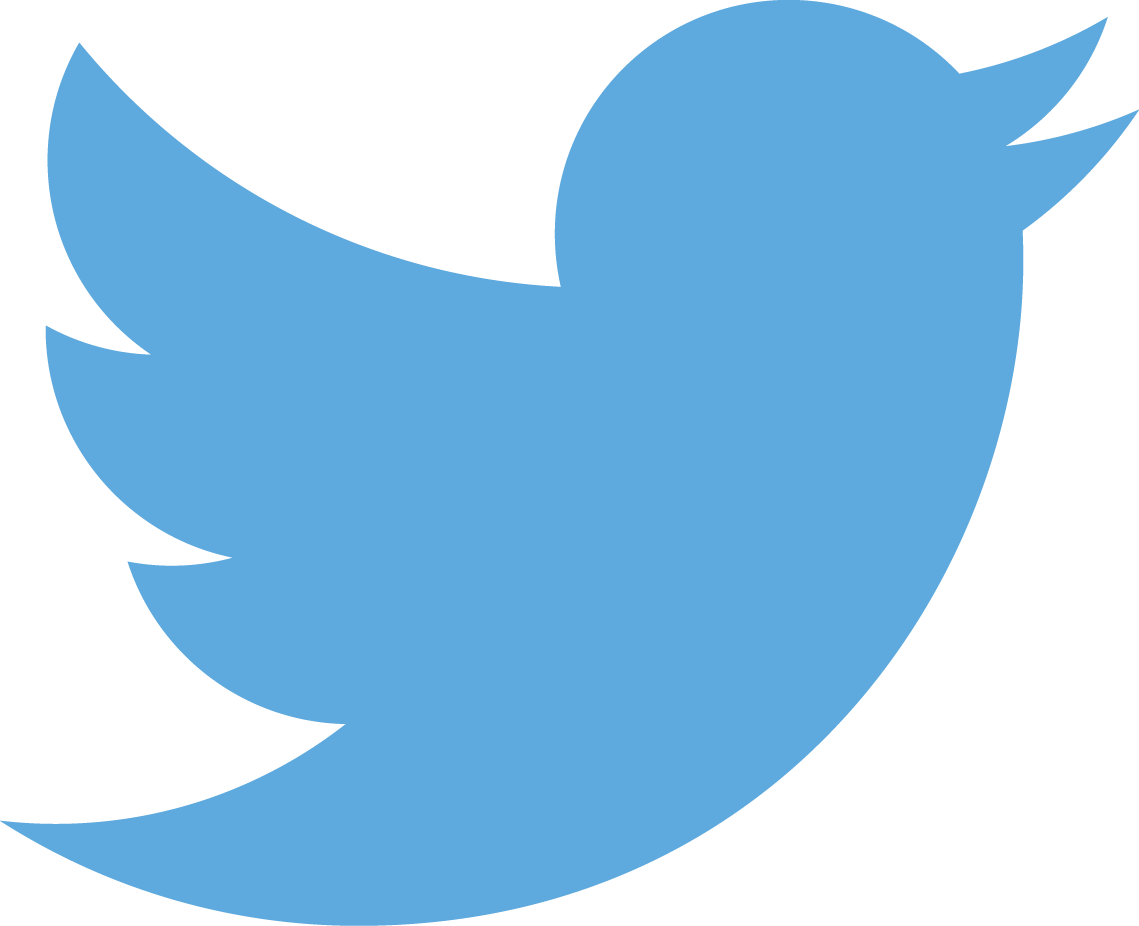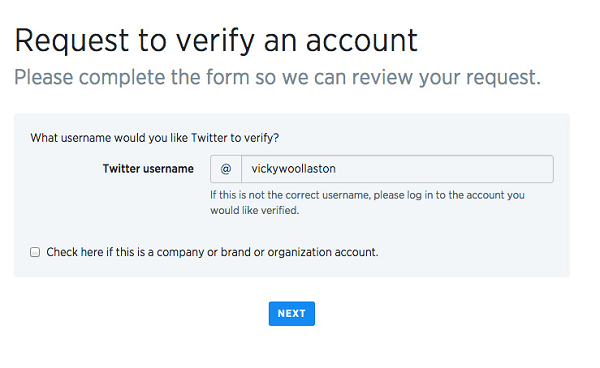 In its bid to grant everyone a chance at the coveted blue verified badge, Twitter has launched another campaign, which is in the form of an online application, for its users that will give them the privilege of the verification mark.
In its bid to grant everyone a chance at the coveted blue verified badge, Twitter has launched another campaign, which is in the form of an online application, for its users that will give them the privilege of the verification mark.
“We want to make it even easier for people to find creators and influencers on Twitter, so it makes sense for us to let people apply for verification,” said Tina Bhatnagar, Twitter’s vice president for user services.
The embattled social network disclosed that not every application will be successful, though accounts of “public interest” are likely to be approved.
“Our goal with this update is to help more people find great, high-quality accounts to follow, and for creators and influencers – no matter where they are in the world – to easily connect with a broader audience,” the post said.
How to apply to be verified

As with any online identity approval, the user has to supply a host of personal information to the company they’re signing up with. Only Twitter accounts with enough details will have a chance of being approved.
The process starts with an online form.
It requires: a phone number being linked to the account, a confirmed email address, a fully filled out bio, profile photo and header photo, a birthday, a website, and to be unlocked with public tweets.
That’s not all though, as the company also asks people to explain why the account should be verified – for individuals it says they should explain their “impact” in their field and a business should say what its “mission” is.
“We may request that you scan and upload a legible copy of your government-issued ID (such as a passport or driver’s license) to confirm your identity,” the company’s advice says.
It’s also recommended that a person uses their real name and that photos used in the header and profile reflect that person, or business. A corporate account trying to be verified should be linked to an email address associated with the company.
Twitter hasn’t said if there is a set number of accounts it is going to verify but it has said applications will be rejected where necessary.
For those who get rejected – it will notify users by email – it will be possible to try again 30 days after the denial.
Consequently, security experts are of the opionion that ubiquitous blue ticks could cause more Twitter users to click on malicious links from accounts impersonating brands.
“There is a growing trend of malware and ransomware attacks on social media with bad actors impersonating brands to bait users into clicking malicious links,” said Ben Harknett, the vice president for Europe and the Middle East for security company RiskIQ. “The increased availability of the blue tick means that users are even less likely to question its validity.”
Twitter has about 187,000 verified accounts, which is nothing compared to its some 320 million monthly active users.
But, this is what gained the site its early success, as users know when they are talking to the real Katy Perry who has more than 89 million followers, from an imposter who is just using her picture as their profile image.

